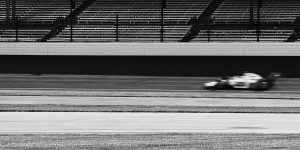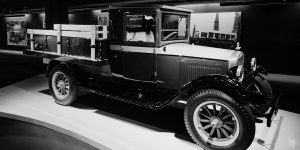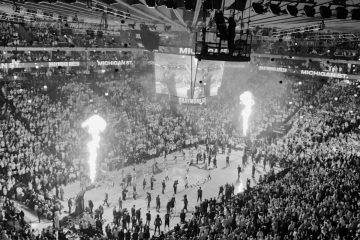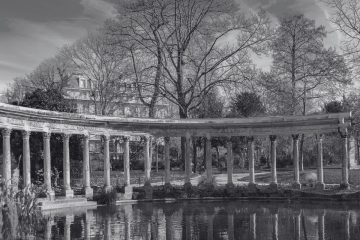What Happened On May 30th?
On May 30, 1911, the Indianapolis Motor Speedway hosted the first ever Indianapolis 500, a race that would become prestigious in American motorsport. Approximately 80,000 spectators gathered for this competition, which was exciting and new!
Building the Indianapolis Motor Speedway
The Indianapolis Motor Speedway, conceived by Carl G. Fisher, James A. Allison, Arthur C. Newby, and Frank H. Wheeler, was initially designed as a testing facility for the burgeoning automotive industry. The founders envisioned a massive proving ground for manufacturers to push the limits of their machines.
Constructed in 1909, the speedway originally featured a 2.5-mile rectangular oval track composed of crushed stone and tar, which proved disastrous during early testing. After several accidents and complaints from drivers, the track was resurfaced with 3.2 million bricks, earning it the nickname “The Brickyard”.
Why The Indianapolis 500?
Initially, the speedway hosted various events, including motorcycle races and shorter car races. However, Fisher saw the potential for a single, grand race to elevate the speedway’s profile. Thus, the idea of a 500-mile race was born, offering a then-astonishing purse of $27,550, with $10,000 going to the winner. This hefty prize attracted top drivers and teams, ensuring a fiercely competitive field.
Race Day – May 30, 1911
As dawn broke on May 30, 1911, drivers and mechanics made last-minute adjustments to their cars. The race featured 40 cars, each driven by a hopeful contender ready to complete the grueling 200 laps.

The Indianapolis 500 was not merely a test of speed but of endurance and strategy. Drivers had to contend with the physical toll of continuous high-speed driving, the mechanical reliability of their vehicles, and the unpredictable nature of racing itself. The race saw several lead changes, mechanical failures, and even a few accidents, though thankfully none were fatal.
Among the racers was Ray Harroun. Harroun, driving the Marmon Wasp, was notable for a unique innovation: he installed a rearview mirror on his car.
Now, this allowed him to race without a riding mechanic—a common practice at the time to alert drivers to oncoming traffic. This innovation was skeptical at first, but Harroun had full confidence in his design.
His vehicle, the Marmon Wasp, was named for its distinctive yellow and black paint. Besides the rearview mirror, it featured an aerodynamic design that set it apart from its competitors. Harroun’s strategic planning and attention to detail played a prominent role in the race.
Arthur Chevrolet In the 1911 Indy 500
Arthur Chevrolet, brother of the famous Louis Chevrolet, partook in this event as well. Although Arthur’s car suffered mechanical issues, his participation added a layer of wonder to the event, while showcasing his competitive spirit.

Who Won?
After nearly seven hours of intense racing, Ray Harroun emerged victorious, completing the 500 miles with an average speed of 74.602 miles per hour. His use of the rearview mirror and careful management of his car’s performance proved to be at his advantage. Harroun’s win was celebrated as a triumph of innovation and endurance, as he secured his place in history as the first winner of the Indianapolis 500.
What Next?
The success of the first Indianapolis 500 established the race as a major event in motorsport history. It set a precedent for future races, emphasizing the importance of technological innovation and strategic acumen.
Interestingly, the brick surface of the track, while revolutionary at the time, was gradually paved over with asphalt in the following decades. However, a one-yard strip of the original bricks remains at the start-finish line, a tribute to the speedway’s story and history.
Formula One Inspired by the Indy 500
The first Formula One World Championship in 1950 set the standards for Formula One, and its development was notably inspired by the success of the Indianapolis 500.
Recognizing the potential of a standardized racing series, the Fédération Internationale de l’Automobile (FIA) sought to create a championship that would determine the best driver and team on a global scale.
This new series drew inspiration from the Indianapolis 500, particularly in its emphasis on speed, endurance, and technological innovation.
Any Formula One Fans?
In retrospect, the first Indianapolis 500 was more than just a race; it defined the history of American motorsport. The innovations, the challenges, and the triumphs of that day laid the foundation for a tradition that continues to thrill and inspire.





